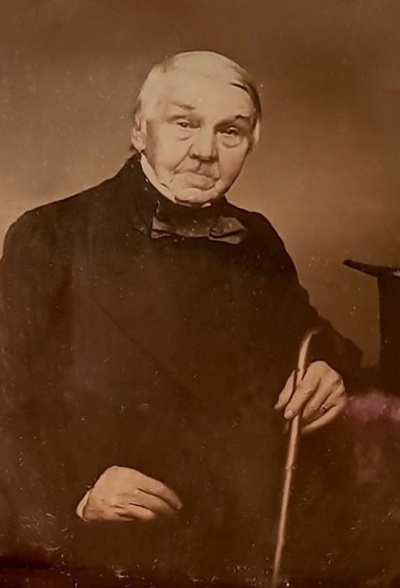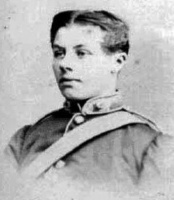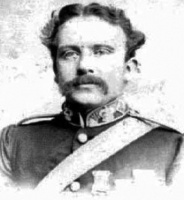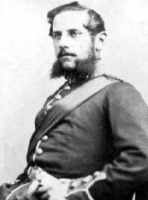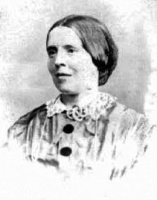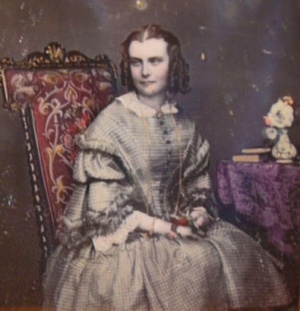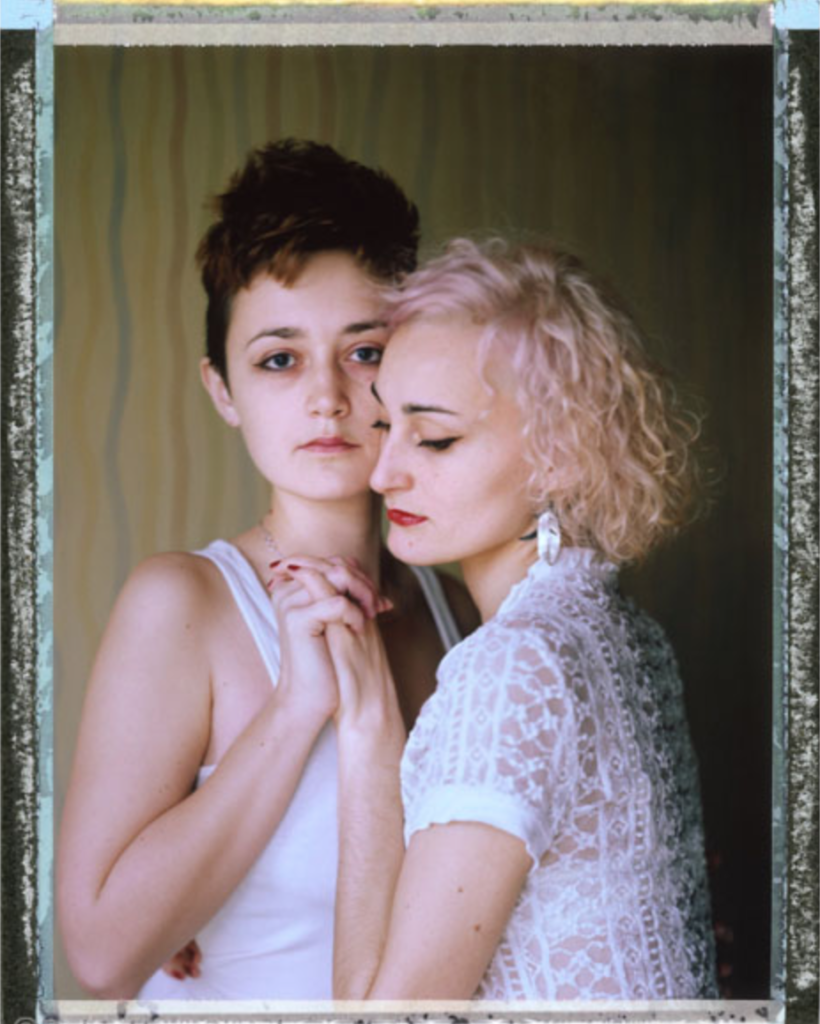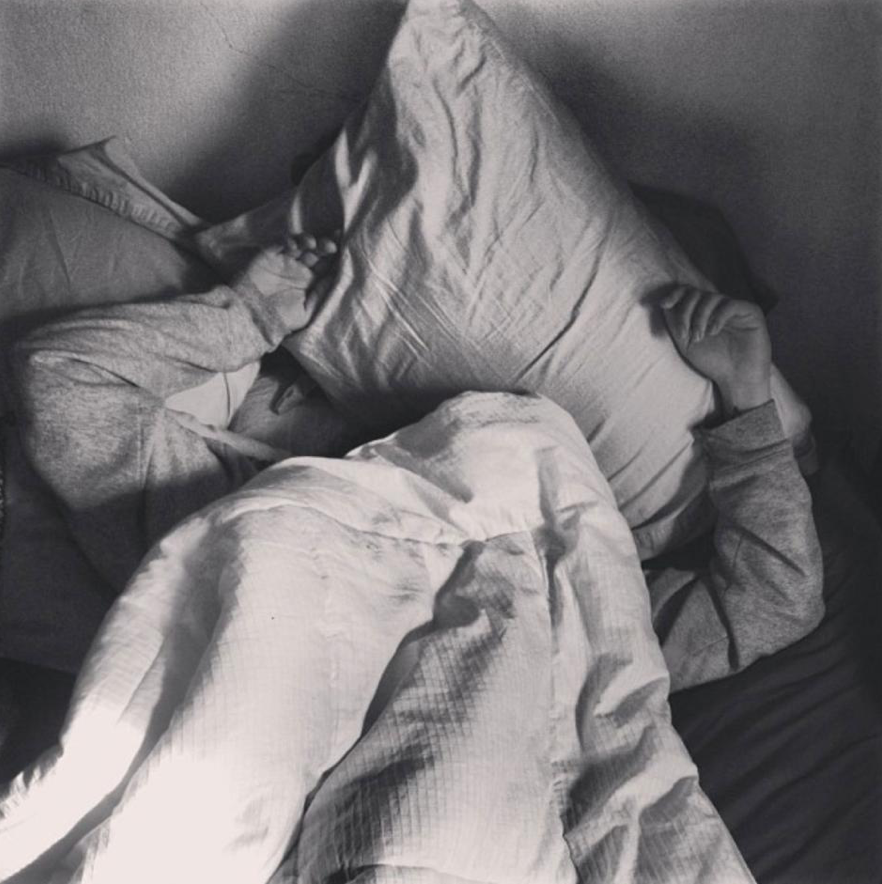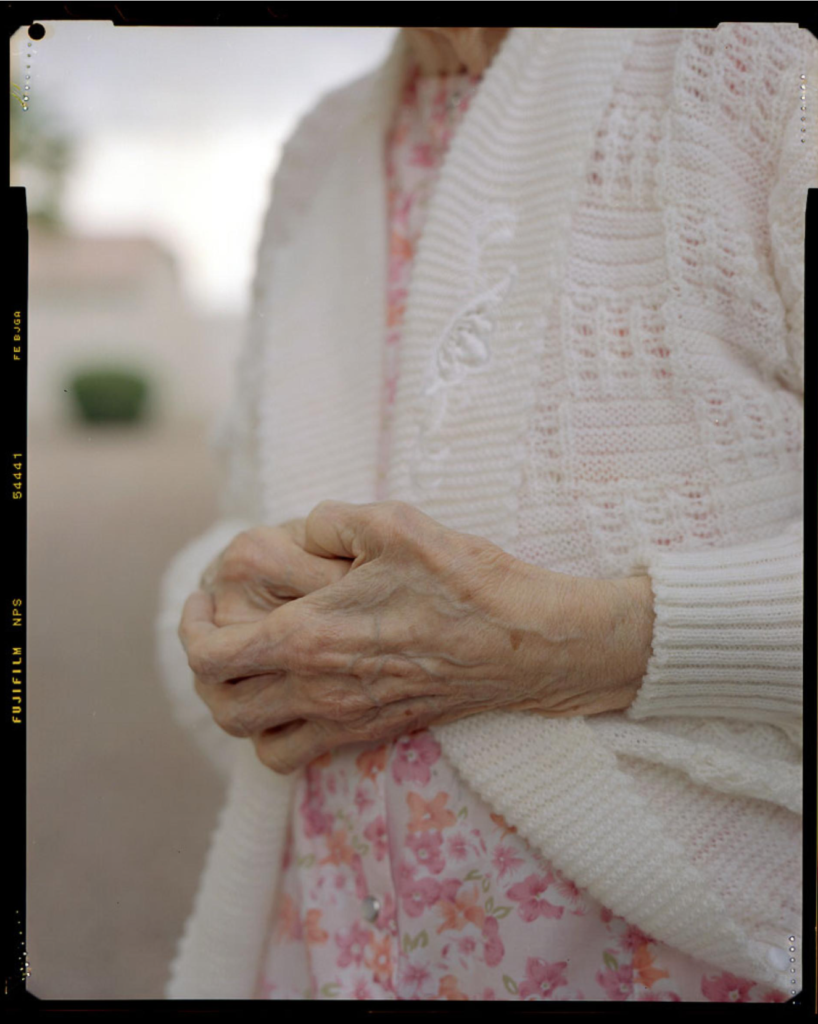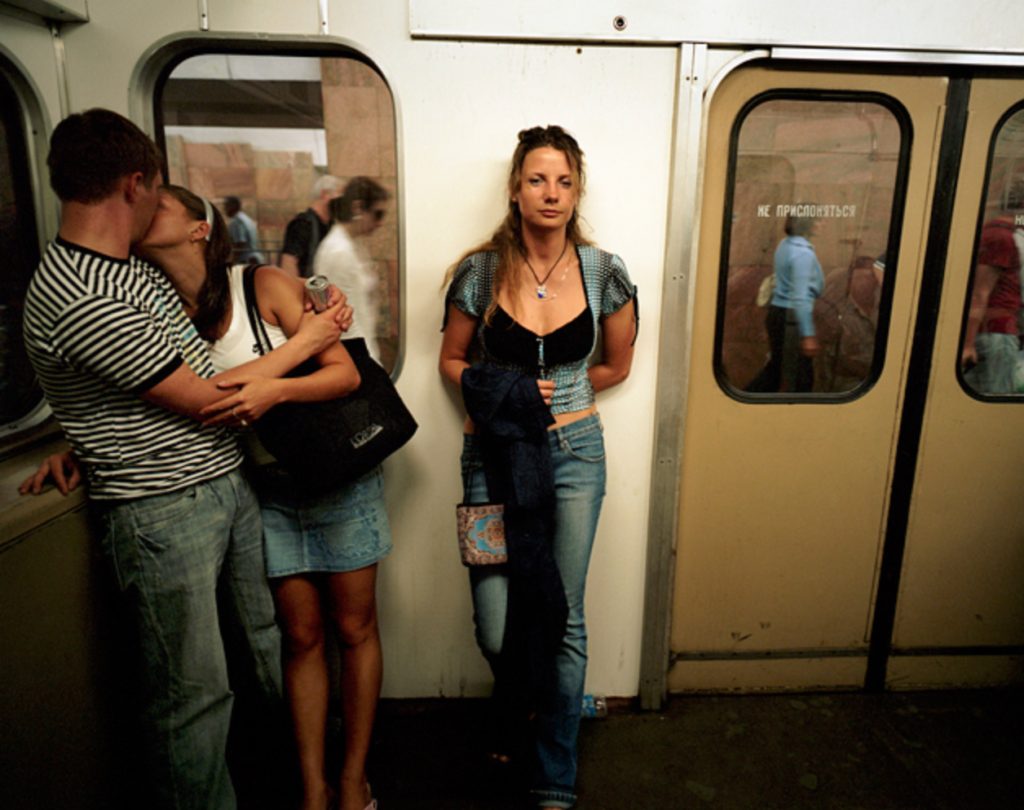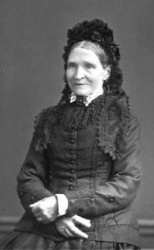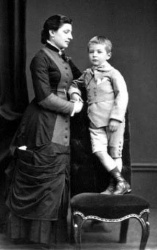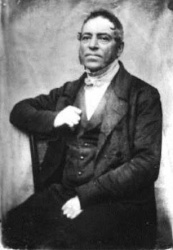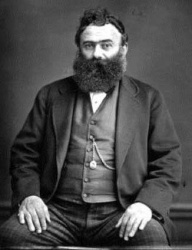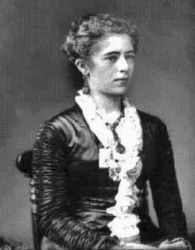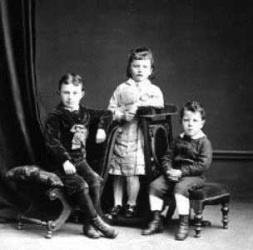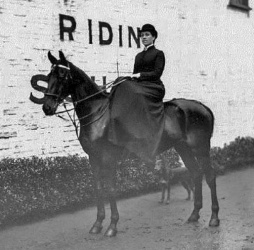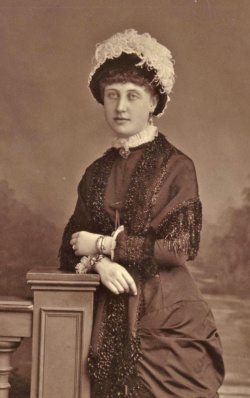Alec Soth is a photographer born and based in Minneapolis, Minnesota, famous for his ‘documentary style’ photographs which where influenced by Walker Evans traditional American photography. Soth is interested in and focuses on the relationship between narrative and metaphor, and draws many comparisons to literature, although, he believes photography to be more “like poetry than writing a novel.” He has published over twenty-five books, some of them are Sleeping by the Mississippi (2004), NIAGARA (2006), Broken Manual (2010), and I Know How Furiously Your Heart is Beating (2019).
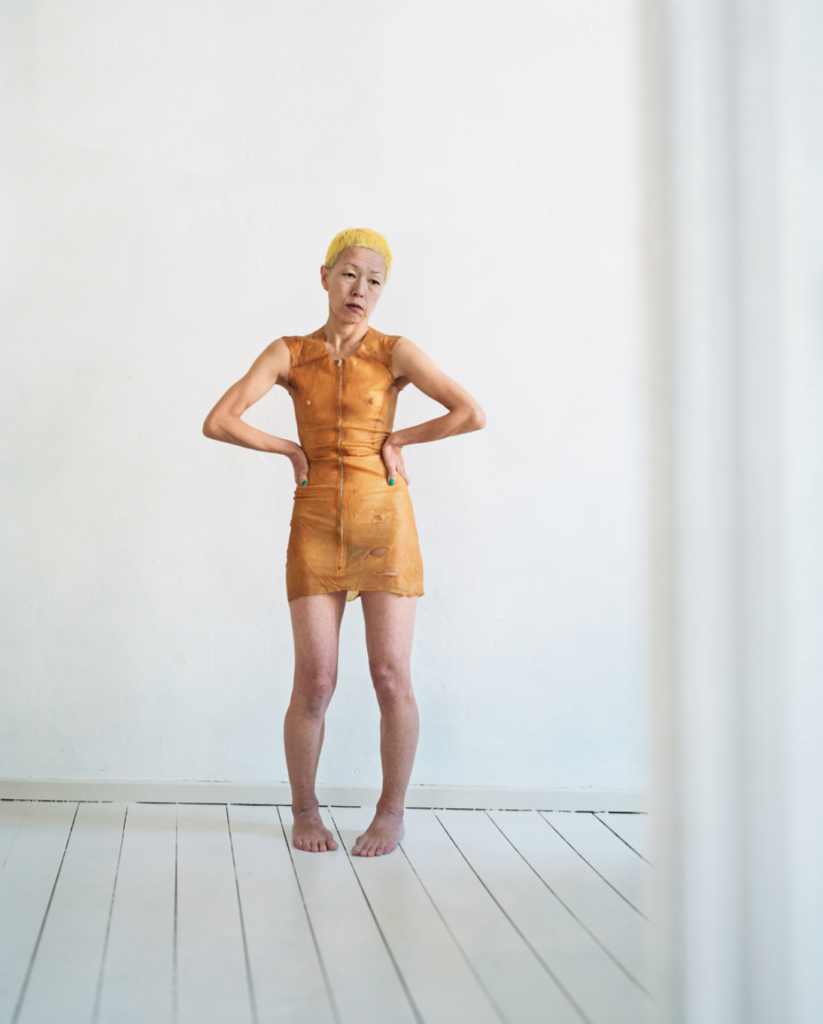
I Know How Furiously Your Heart Is Beating
Yuko. Berlin.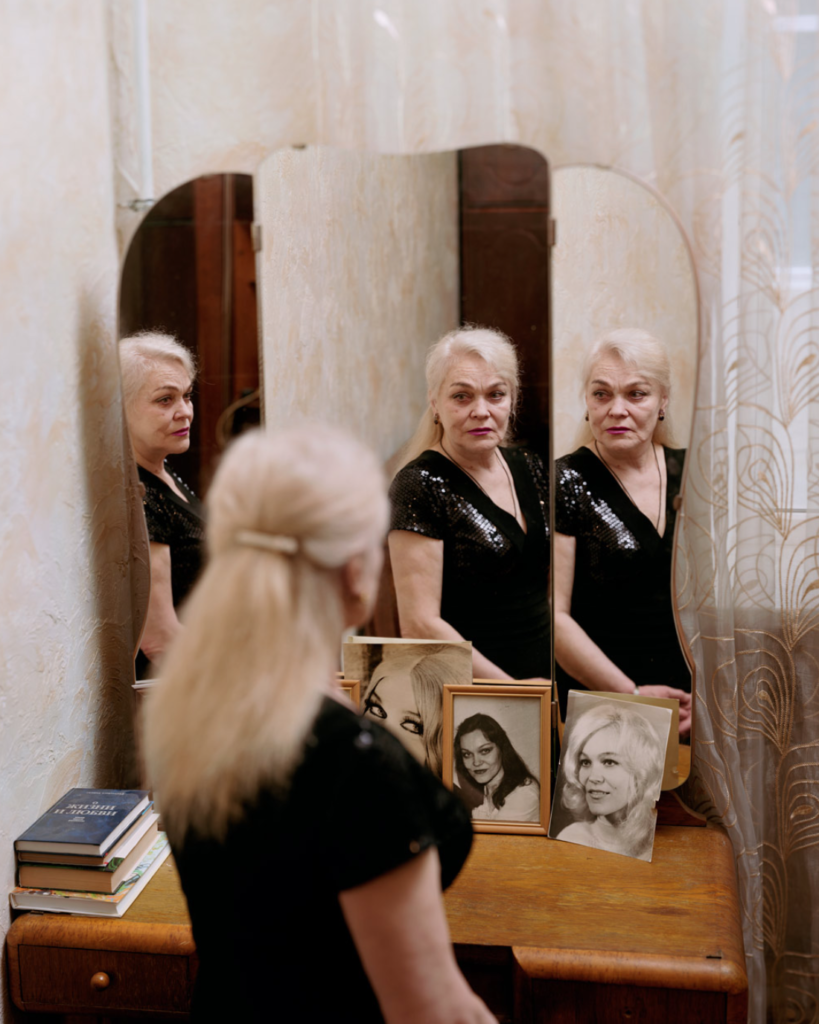
I Know How Furiously Your Heart Is Beating
Galina. Odessa.
I Know How Furiously Your Heart Is Beating
Leopold. Warsaw.
In an interview with Hanya Yanagihara in early 2019 for the New York Times magazine, Soth begins to talk about how and why he takes his photographs the way he does, explaining that “When I started this project, my only intention was to spend time with another person in a room, any room. But after I photographed Anna Halprin, I decided it should be in the subject’s home. This makes them more comfortable. It’s also more stuff to help reveal what might be going on inside of them”.
A Conversation With Alec Soth About Art and Doubt- The New York Times:
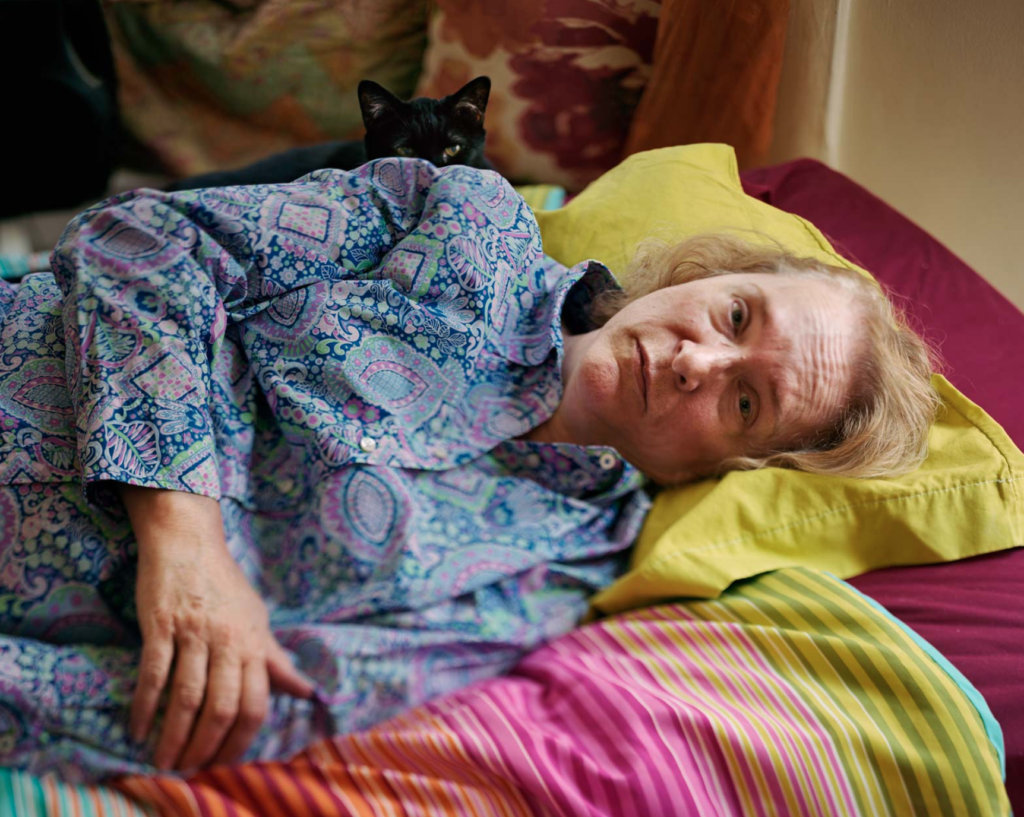
I Know How Furiously Your Heart Is Beating
Nancy. Cincinnati.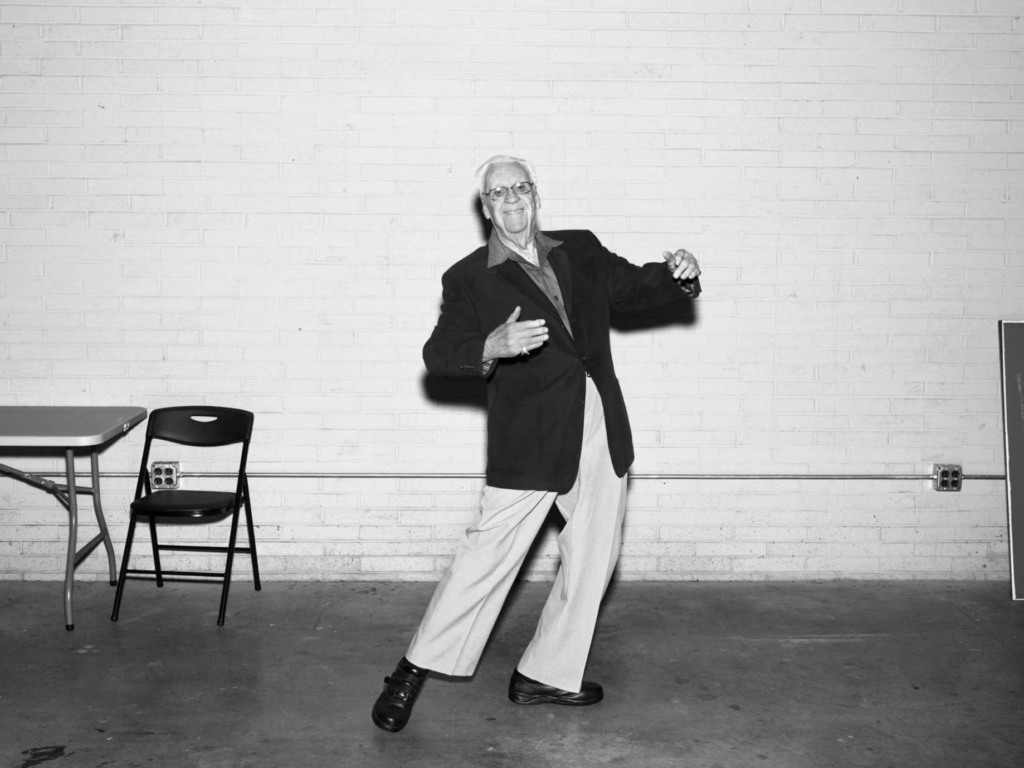
Songbook
Bil. Sandusky, Ohio.
His second project NIAGARA was an exploration of ‘love‘ and long term relationships and commitment, which I can directly link to my theme of love in my blog so far. One of the main points that Soth has repeated thought various interviews is that he was interested in making the focus and person he was photographing comfortable, by being in a familiar environment that they love and cherish.
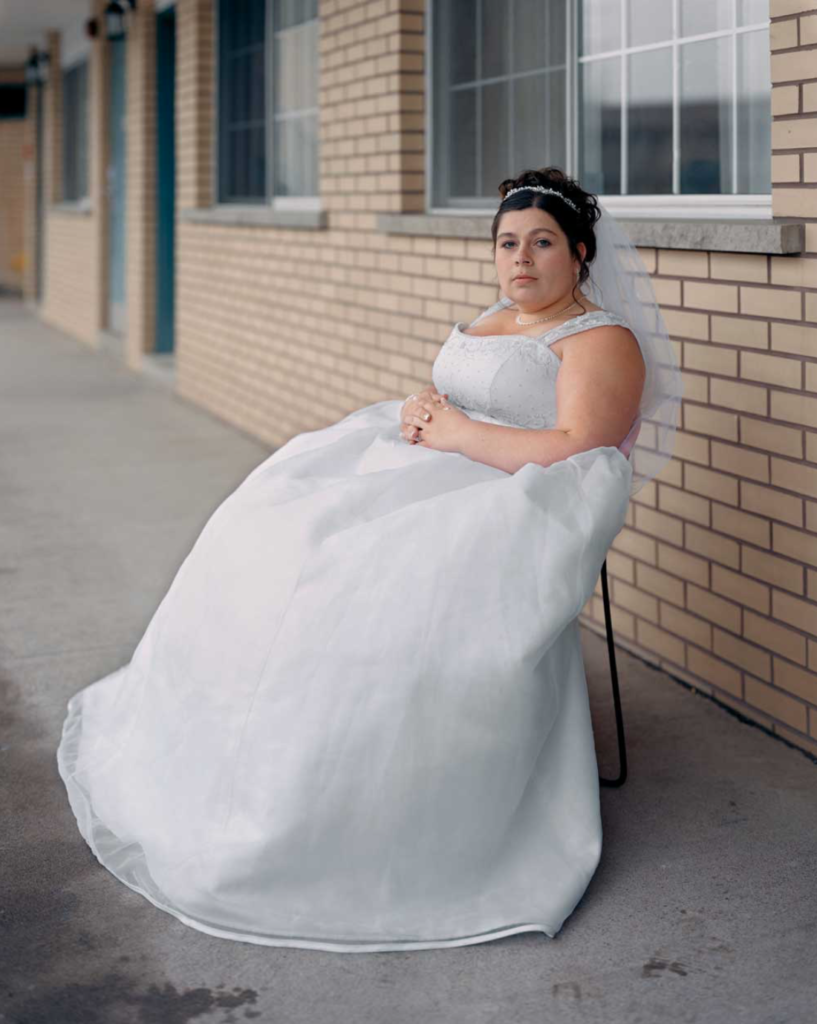
NIAGARA
Melissa, 2005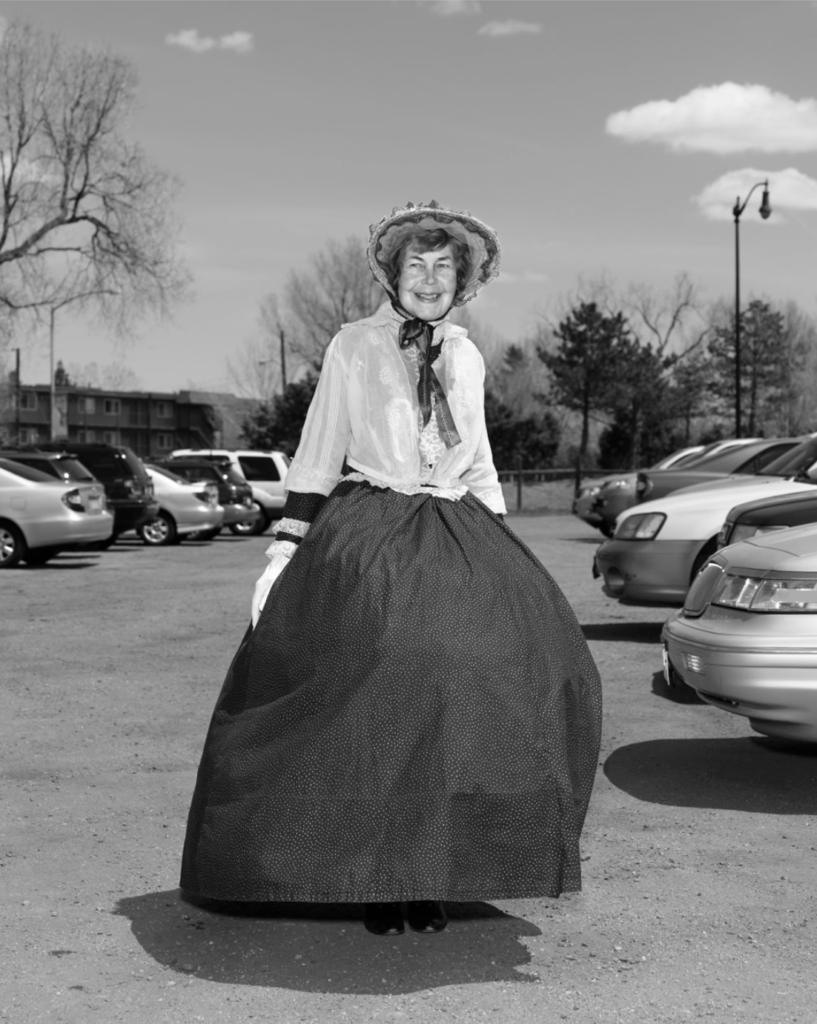
Songbook
Dottie. Denver, Colorado
NIAGARA
Nicholas, 2005
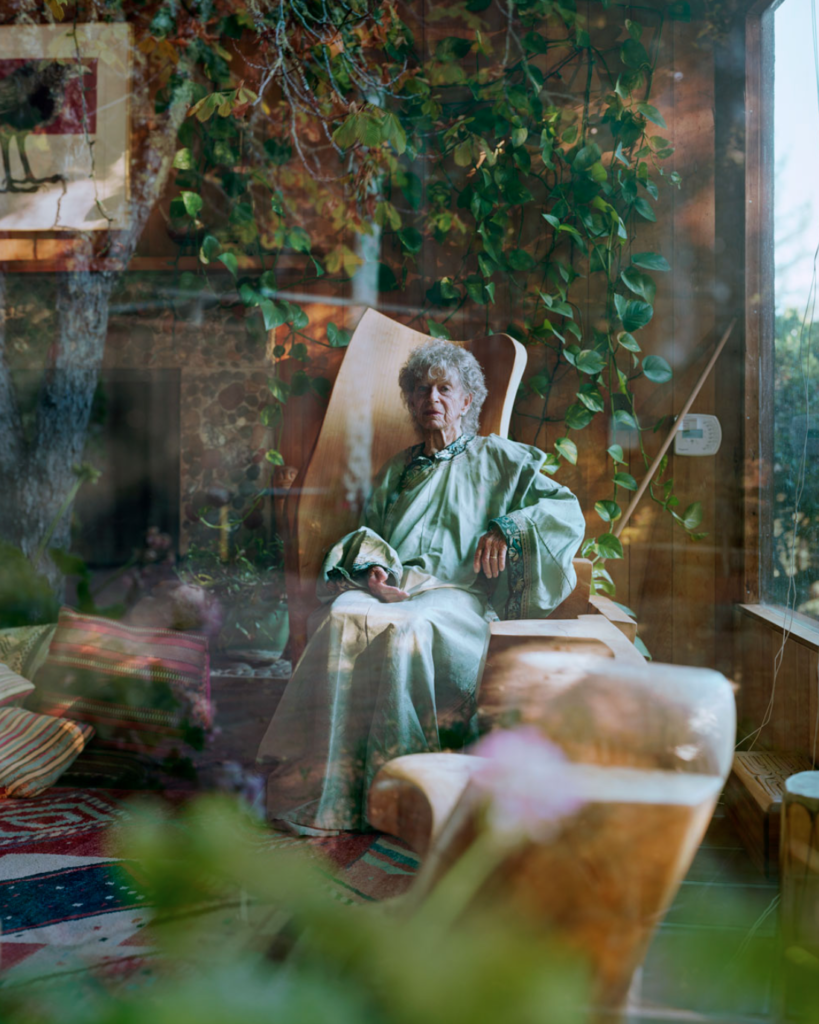
This is one of my favourite of Soth’s photographs. It shows an old woman, who we can assume to be Anna from Kentfield in California sitting comfortable in a chair in a beautiful seating area. The lighting is clearly a natural daylight coming though the windows. I think that the image Soth’s taken is very clever, as the woman home is obviously filled with plans and vines, and the fact that Soth has taken the image from outside has mean that a delicate reflection of greenery and sunlight is placed around the frame of the photograph. In the centre of the image is a full length body shot of Anna, sitting in her home. The image is obviously taken with a lower F/ as the outer parts og the image are out of focus.
Contextually, the image has been taken outside for different reason, and that being that it makes the model more comfortable in their own space. By taking the photograph from outside the building, Soth sticks to an important though he keeps in mind; to allow the subject t to be photographed in their own home. By leaving the room that the subject is in, it should allow them to be even more comfortable inside their own personal space, and this allows Soth to capture the most neutral, relaxed and free image of the subject possible. His reasoning for photographing people in their homes is to find chemistry with strangers while photographing loners and dreamers. This directly links to the image of Anna above in relation to the fact that she may be lonely being an older woman. Alec Soth manages to find a simple and calm chemistry with Anna while taking her photograph ,while she lets him take look into her life.
“I fell in love with the process of taking pictures, with wandering around finding things. To me it feels like a kind of performance. The picture is a document of that performance”
Alec Soth

